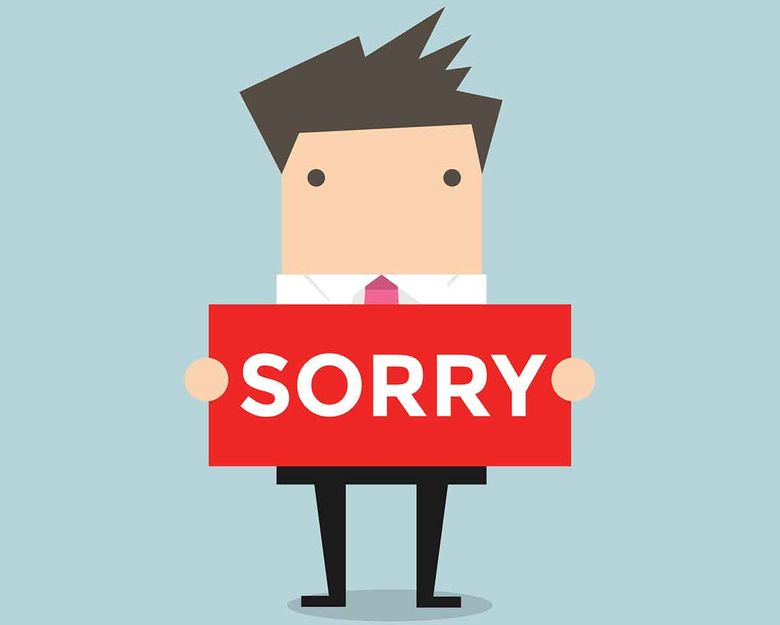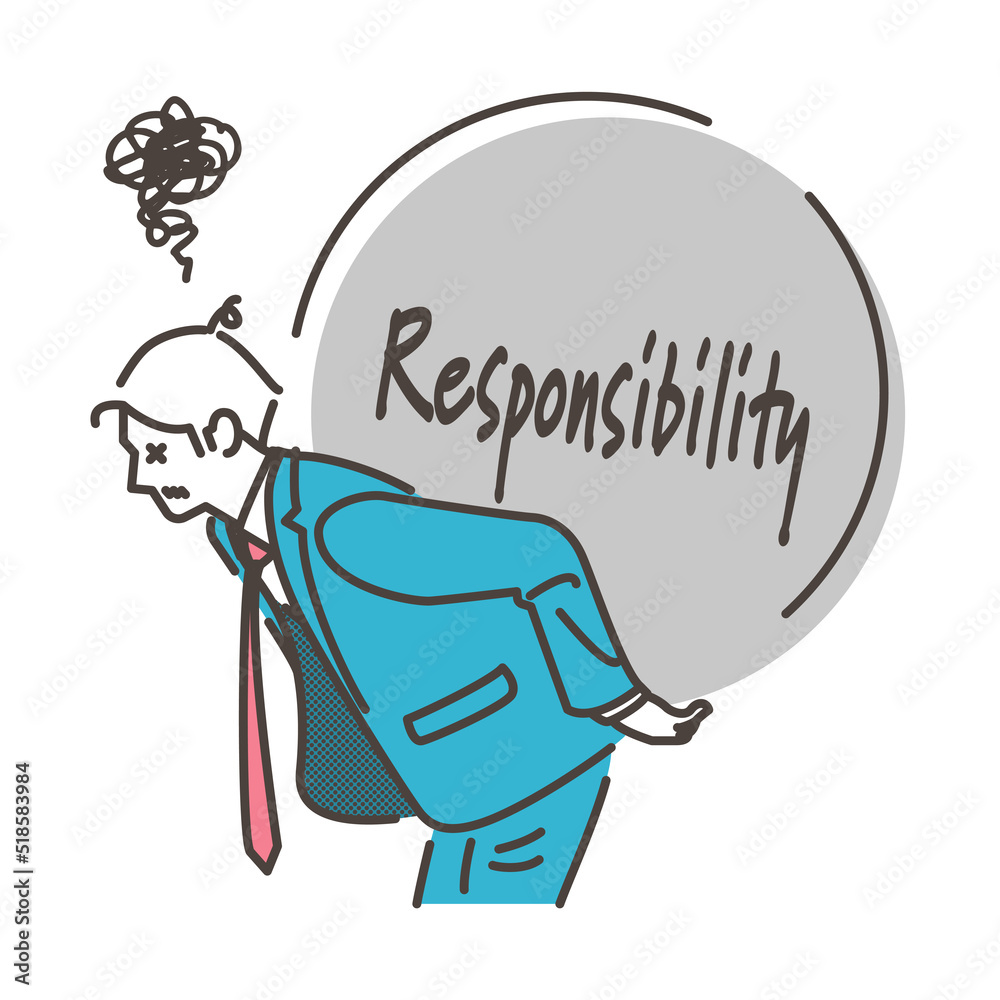Making an apology
Students will learn how to effectively apologize in a professional software development environment, understanding the importance of clear communication and maintaining professionalism

Part 1
Warm-up
Answer the questions
What did we discuss in the last lesson?
Have you ever made a mistake at work and had to apologize? What happened?
Part 2
Vocabulary
Read the word, its’ meaning, and the examples
Then make up your own sentences using the word.
Student can skip the words they already know.
responsibility
/rɪˌspɑːn.səˈbɪl.ə.ti/

something that it is your job or duty to deal with
Taking responsibility for your actions is important for personal growth and trust.
As a team leader, it's your responsibility to ensure the project is successful.
acknowledge
/əkˈnɑː.lɪdʒ/

to accept the truth or recognize the existence of something.
We must acknowledge the hard work and dedication of our employees.
The company publicly acknowledged the error and promised to fix it.
Make up your own sentences using the words.
Part 3
Useful phrases
The teacher guides the students on how to use the useful phrases and tell them to create their own examples.
“I apologize for…”/ “I am sorry for…”
- Explanation: This phrase shows that you are taking responsibility for your actions. It is the most direct way to start an apology.
- Example: “I apologize for the delay in the project.”
“It was my fault that…”
- Explanation: Admitting fault is crucial in an apology. This phrase clearly states that you recognize your mistake.
- Example: “It was my fault that the bug was not fixed on time.”
“I understand how this affected you…”
- Explanation: This phrase shows empathy and that you care about the impact of your actions on others. It helps to acknowledge the other person’s feelings.
- Example: “I understand how this affected you and the team’s schedule.”
“I assure you it won’t happen again…”
- Explanation: This phrase provides reassurance that you have learned from your mistake and will take steps to avoid repeating it.
- Example: “I assure you it won’t happen again; I will double-check my code in the future.”
Part 4
Reading and discussion
In your opinion, is it necessary to learn how to apologize effectively?
Ideas:
- Yes
- Improve communication
- Awareness of mistakes
- Conflict resolution
- Behavior adjustment
- No
- Personal experience
- Family education
- Instinctive reaction
The student will have 60 seconds to prepare and then read the text aloud.
The teacher will help the student correct their pronunciation.
The art of the apology
Apologizing effectively is a vital skill in personal and professional relationships. A genuine apology begins with acknowledging the mistake and understanding its impact on the other person. It’s important to express sincere regret and take responsibility for the error. Avoid making excuses or blaming others, as this can weaken the apology’s honesty. Offering to make things right and ensuring that similar mistakes won’t happen again can help rebuild trust. Timing is also crucial; a prompt apology can prevent the situation from getting worse. Additionally, tone and body language should show sincerity and empathy. A well-made apology not only fixes relationships but also shows humility and emotional understanding. By mastering the art of the apology, individuals can foster stronger, more lasting connections with others.
Based on the passage above, please answer the following questions.
What is the first step in making a genuine apology?
Why is it important to understand the impact of your mistake on the other person?
More questions to discuss
Answer the questions, student can borrow ideas or use their own ideas
Why do you think apologizing is important in a professional setting, especially in software development?
Ideas:
- Build trust and team cohesion
- Clear communication
- Problem-solving
- Professional growth
Can an apology be effective if it is delivered via text or email, or does it need to be face-to-face? Why?
Ideas:
- Text/email:
- Convenience
- Documentation
- Clarity
- Distance
- Time to reflect
- Face-to face:
- Immediate response
- Better interactions
- Tone of voice
- Building trust
- Emotional connection
- Hybrid: video call, voice messages.
How important is the timing of an apology in your experience? Can an apology be too late?
Ideas:
- Fix problem quickly
- Avoid confusion
- Keep trust
- Show respect
How do you handle a situation where your apology is not accepted?
Ideas:
- Stay calm
- Listen
- Show understanding
- Give time
How does admitting mistakes and apologizing contribute to personal and professional growth?
Ideas:
- Build trust
- Improve relationships
- Responsibility
- Reduce conflict
How can learning to say sorry make a team work better and be more productive at work?
Ideas:
- Build trust
- Improve communication
- Positive environment
- Better problem solving
Can saying sorry fix a broken relationship, or is more needed?
Ideas:
- Admit mistake
- More actions
- Require time
- Shows commitment
Part 5
Debate
Topic: Is it more important to offer a public apology or a private apology in a professional setting?
In a debate on this topic, student will choose one side and teacher will be another side. Give your own argument/ideas to protect your opinions.
Side 1 argument: A public apology is more important.
Side 2 argument: A private apology is more important.
Argument preparation (3 minutes)
Student & teacher have 2-3 mins to think about their arguments.
Suggesting points:
For public apology:
- Transparency: Shows openness and honesty to all stakeholders.
- Accountability: Proves you are taking responsibility for your actions.
- Trust restoration: Helps rebuild trust with a broader audience.
- Reputation management: Stops rumors and misinformation.
For private apology:
- Personal touch: Allows for a more sincere and direct expression of regret.
- Conflict resolution: Can be more effective in resolving issues directly with the affected parties.
- Professional relationships: Maintains and strengthens personal professional relationships.
- Privacy: Keeps the matter private and avoids public attention.
Debate (8 minutes)
Students and teachers have 2-4 minutes to give ideas, explain, and debate their ideas with each other.
Part 6
Handling the situation
A critical bug was found in a software release that caused significant downtime for users. The development team needs to apologize to affected clients and stakeholders.
As a team, you need to come up with a set of action to apologize to affected clients and stakeholders.
Give at least 3 things/how will you do to apologize and explain why we should use that things for the company.
Sample answer
1. Issue a formal apology letter
- Why: A formal apology letter demonstrates professionalism and accountability. It shows clients and stakeholders that the company takes the issue seriously and values their trust. Providing a clear explanation and preventive measures helps rebuild confidence and transparency.
2. Provide compensation or credits
- Why: Giving compensation shows that the company understands the trouble caused and wants to make things better. It helps keep customers happy and loyal, even after a big problem. This kind gesture can reduce bad feelings and improve the long-term relationship with clients.
3. Host a webinar or meeting
- Why: Personal interaction through webinars or meetings adds a human touch to the apology, making it more genuine. It provides an opportunity for direct communication, allowing clients to voice their concerns and receive immediate responses. This proactive approach can help rebuild trust and demonstrate the company’s commitment to continuous improvement.
Review
Let’s review the lesson with teacher
New words in this lesson
Learn some useful phrases to apology
Discuss about the art of apology
See you next lesson
Homework
Do homework
Watch this video and answer these questions
- What are the three main elements that research shows make up a good apology according to the video?
- In the first example about the missing ice cream, what action did the person need to apologize for?
- Write down at least 5 new words from the video & learn it.

